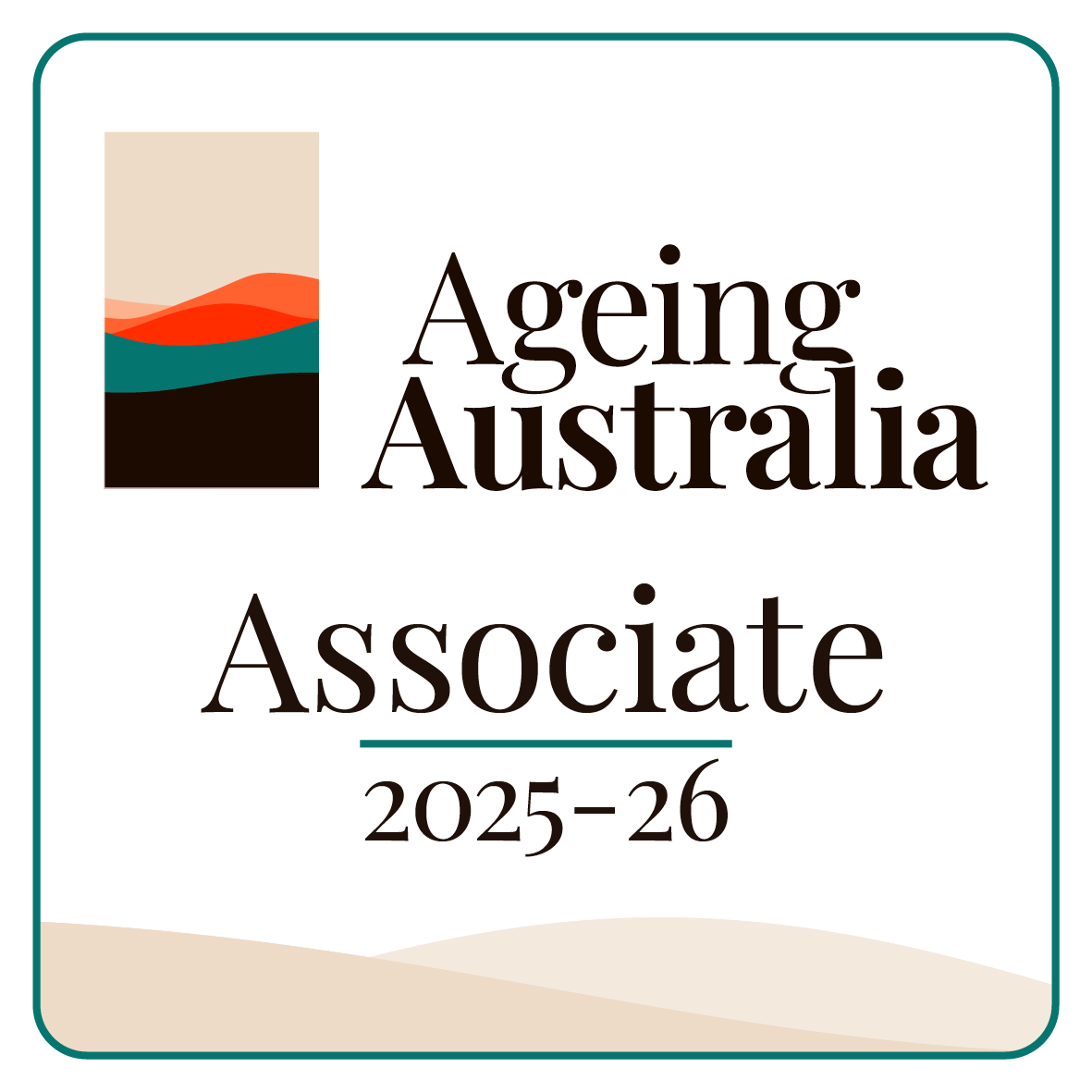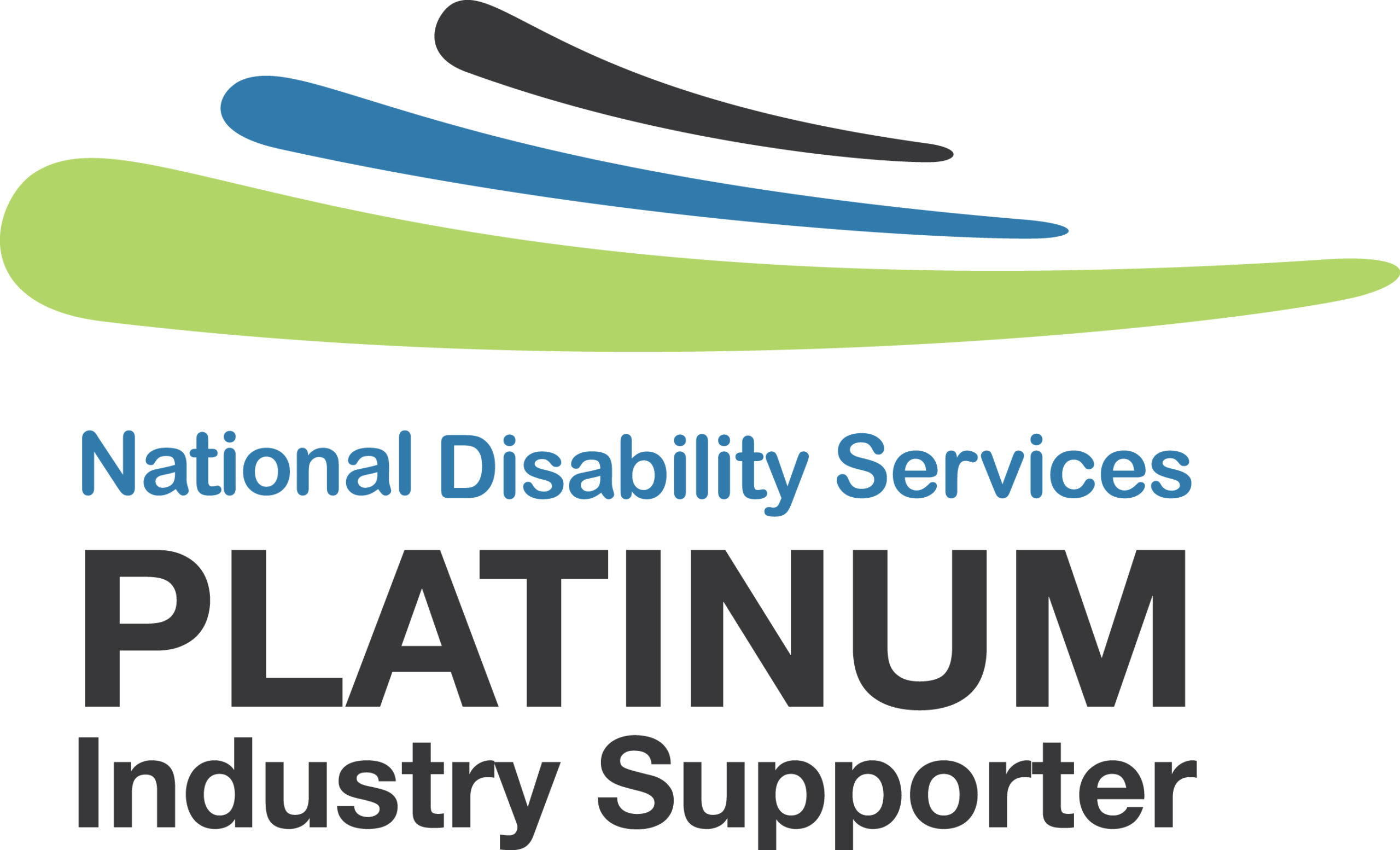After a surprising wait following the Annual Pricing Review (APR), the NDIA has finally released its Pricing Arrangements and Price Limits (PAPL) for 2025-2026. Everything they teased is now confirmed, with some big, monumental changes coming July 1.
For many providers, these pose a big challenge to their viability, so we want to spend some time to unpack what’s changing and what it means for you and how you claim. We get it: these changes might induce anxiety.
Before we delve into the changes, the NDIA has stated that you can and should contact them if you have pressing concerns about these changes and their impact on your viability. You can call 1300 311 675 or email provider.support@ndis.gov.au.
NDIS Participants
What’s changing for participants? The answer: both a lot and not so much. With the Federal Government under increasing pressure to curb the scheme’s costs, the 2025-26 PAPL is seeing price limits cut across the board, but justified as ‘more equitable pricing’ to improve participant experiences.
- Price limit decreases won’t affect existing participant budgets. If a rate increases, plans will be uplifted.
- Jurisdiction-based differences are to phased out so that participants pay the same regardless of where they live.
- Therapy support pricing will more closely reflect ‘actual time spent delivering support’. Yes, this is the NDIA sharing that therapy price limits will decrease…
- Labour-related travel charges are now capped to ‘avoid excessive charges’, especially in the region. Remote and very remote loadings remain.
- Price limits are now defined in 10-minute increments to better match session durations and funding use.
- The early childhood age definition is increased from 7 to 9 years, extending eligibility for relevant supports.
NDIS Providers
These changes bring with them a suite of changes that you and your business will need to adapt to. First and foremost, any claim after 1 July must use these new rates. You can read the 2025-2026 PAPL here.
The APR and the 2025-2026 PAPL has also clarified what constitutes conflicts of interest, with new language added to help providers manage and disclose potential conflicts, especially in plan-managed arrangements.
Interestingly, the 2025-2026 PAPL means that there is no general cost-of-living indexation, with changes based on award wage increases, not broader cost-of-living adjustments. Overheads like utilities and insurance are factored in.
Again, the NDIA has shared that any provider concerned about viability under the new pricing is encouraged to contact the agency for direct support.
Plan Managers
Ever since the NDIS Review released its Final Report, plan management and its future has been widely discussed. But the 2025-2026 PAPL means the monthly fee remains unchanged, with no planned increase.
However, in more surprising news, the establishment fee is to be removed. That’s right: From 1 July 2025, the once-off fee for onboarding participants will be abolished ‘due to market maturity’.
Remote loadings are also to be removed: These are being phased out in favour of a nationally consistent pricing model, reflecting what the NDIA calls a ‘shift to virtual service delivery’.
Support Coordinators
For support coordinators, there’s good and bad news:
- Level 1 pricing indexed: Adjustments have been made for Level 1 Support Connection and Psychosocial Recovery Coaching to reflect wage increases.
- Level 2 and 3 unchanged: These levels remain at current rates as supply is stable and reforms are ongoing.
The NDIA is evidently pushing forward with its proposed Navigator. It states that support coordinators are central to this reform, particularly with upcoming pilot reforms. (When this happens is still a mystery though.)
NDIS Reforms
This is a lot to process, with the NDIS beginning to roll out version 2.0. To assist, the NDIA has said that it will soon publish a three-year pricing reform roadmap that will replace annual full pricing reviews, allowing for focused reforms by segment.
We are also going to see:
- Future pricing changes will be released earlier in the financial year to help with provider planning.
- Reforms backed by the Independent Pricing Committee (IPC) and data from service claims to reflect actual market behaviour.
- The NDIA will move away from one-size-fits-all pricing and may explore differentiated models for specific types of supports.
And that’s it… for now. If you have any questions, or need help to bring your systems up to speed with these new pricing arrangements and price limits, please reach out to our team today.
























